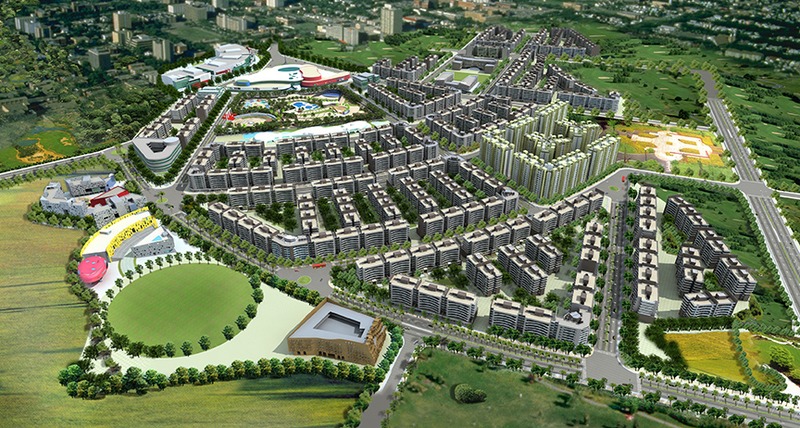The Mumbai Development Plan is the strategy for the growth and development of India’s Financial Capital in the future. The regulations relating to permissions, construction and land usage till the year 2034 are contained in the Development Control and Promotional Regulations or DCPR 2034. There are several initiatives contained here which promise to bring about a revival of the realty sector in Mumbai. These include easing of the regulations for high-rises, linking road width to FSI (floor space index) in Mumbai and lowering tenant consent for cessed structure redevelopment to 51% from 71% at present. The cluster revamp scheme may also be extended in the suburbs. These measures should certainly go a long way towards spurring newer real estate projects and redevelopment ventures. The DCPR notification has already been released by the State Government. The entire blueprint will aim at ensuring greater ease of conducting business for the real estate sector. Redevelopment will be easier, enabling better revenues for the Government while tenants can also build new homes. Real estate developers will also find it easier to get approvals for high-rises up to 40 floors or 120 metres. The high-rise committee does not have to be approached by real estate developers and this committee was known to sit on approvals for long periods of time. Several other time consuming regulations have also been eliminated by the document and this will make it possible to save costs in case of real estate developers and also scale up overall project viability. FSI has been hiked to 3 in Mumbai and the definition of tower is now any building above 11 floors or 32 metres as compared to the current 7 floors or 24 metres. There are multiple incentives for residents and real estate developers in terms of revamping old structures. Approvals should also be granted faster in tandem with these regulations and this will certainly bring more stability to Mumbai’s real estate sector.
Mumbai’s real estate sector counts on DCPR





